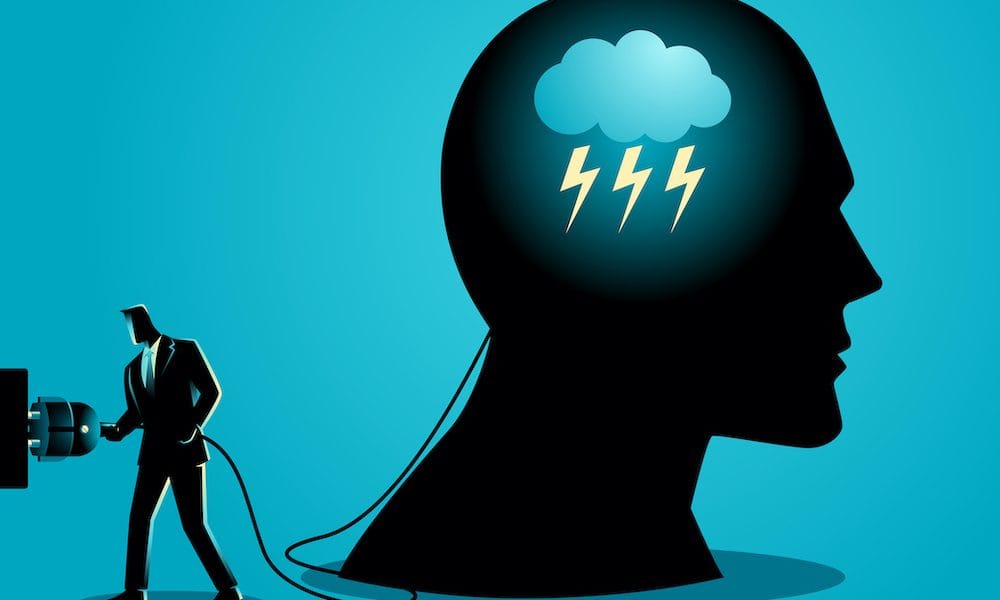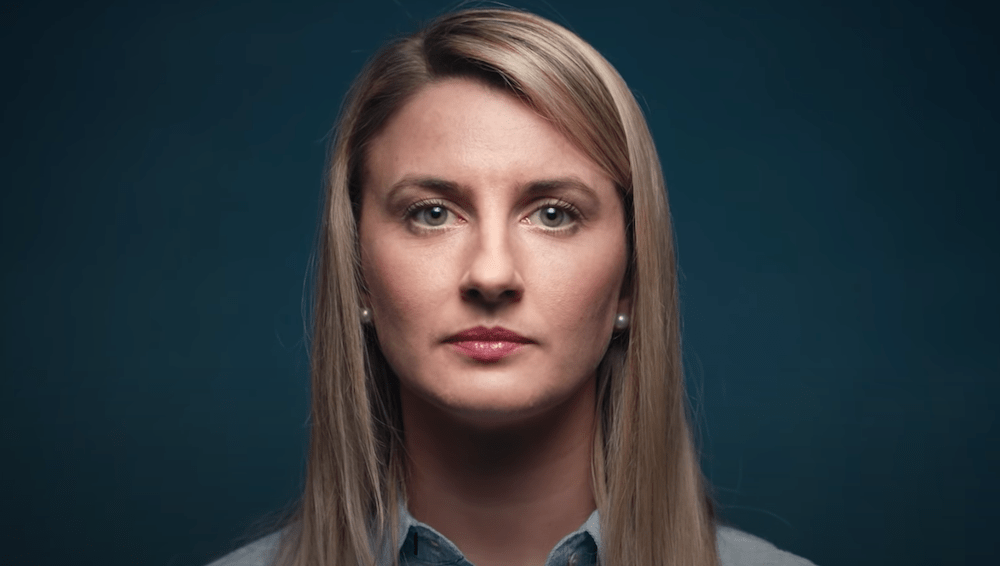
In 1974, leading neuroscientist Graham Teasdale co-created the Glasgow Coma Scale (GCS) while at the Institute of Neurological Sciences in Glasgow. This scale has since been used to assess coma and impaired consciousness in patients who have had a brain injury.
The scale is used to describe variations in a patient’s eye, motor, and verbal responses. Each feature is assigned numerical scores depending on the quality of the response, and total scores range from three, which is a deep coma, to 15, which is full consciousness.
The GCS is used in clinics all around the world by physicians, nurses, and emergency medical technicians; and is also applied more widely in other, more complex systems that are used in assessing acute brain damage.
However, all three features of the GCS can’t always be determined in patients. Most commonly, the verbal response can’t be tested, as it’s not possible to determine this response in patients with severe brain injury who are intubated.
When the verbal score cannot be measured, the GCS can still be used in routine assessment and communication about a patient’s condition.
“The GCS should be reported in its component parts, so there is still useful information in the motor and eye components, and the verbal score can simply be reported as not testable,” Paul Brenan, senior clinical lecturer in neurosurgery at the University of Edinburgh says.
“The missing verbal score is problematic, though ,when determining the GCS sum score (eyes + verbal + motor). The sum score is used in clinical prognostic tools, such as the GCS -pupils score, so until now, missing verbal data has prevented clinicians from using these tools.”
But now, Teasdale and Brennan, along with Gordon Murray at the University of Edinburgh, have created a tool to use to assess impaired consciousness when the verbal component of the GCS is missing.
The researchers first examined a database of GCS assessments, and found that the verbal component of GCS was missing in 12,000 patients with traumatic brain injury (TBI), which made up 11 per cent of GCS assessments. These verbal scores were most often missing in patients with low eye and motor scores.
Using GCS data recorded in a database of 54,000 patients, the researchers calculated the distribution of verbal scores for each combination of eye score and motor score. They then combined GCS eye and motor scores into EM scores, and determined the distribution of verbal scores for each EM score. Based on this, they identified a verbal score that clinicians could impute for every EM score.
“Without the verbal component of the GCS, the GCS sum score (eyes + Verbal + motor) cannot be determined, so we developed this imputation tool to enable clinicians to benefit from these prognostic tools for decision making in patients with the most severe brain injuries, where the verbal score is not testable,” Brennan says.
To test these imputed verbal scores, the researchers substituted imputed verbal scores for actual verbal scores within the framework of prognostic charts, which the authors had previously developed.
These charts take into account the total GCS score, pupil response, age of the patient, and findings of abnormalities. The charts provide predictions about patient outcomes, and are designed to help clinicians make decisions and communicate across teams.
The authors outline in their paper, ‘A practical method for dealing with missing Glasgow Coma Scale verbal component scores,’ published in the Journal of Neurosurgery, that they found that the information gleaned from imputing verbal scores according to each EM score was similar to the variations between precise eye and motor scores, and from full information on verbal, eye, and motor responses.
Imputing verbal scores doesn’t add new information, but allows clinicians to use prediction and prognostic models by filling in verbal data needed for those systems to work.
“We have developed several tools related to the GCS that enhance its ease of use and clinical application, including the GCS Aid, the GCS-pupils score and the GCS pupils Age CT prognostic charts,” Brennan tells NR Times.
“These have been designed to address specific needs. For example, the GCS Aid was developed to support training in assessment of the GCS and to enhance reproducibility of assessment. The GCS pupils score and prognostic charts provide a simple but robust prognostic tool that can be used in the clinic.”
“Prognostic scores are helpful for clinicians to get a reliable prediction of patient outcome, to inform clinical decision-making and to support communication with a patient’s family.
“We know from previous research that clinicians can tend to predict overly pessimistic outcomes for patients, particularly those with severe brain injuries, so these prediction models are designed to prevent that. With our imputation tool, the sum score can be determined and prognostic models used in real-time in the clinic.”
The researchers believe that being able to add verbal scores will help clinicians quickly determine the severity of acute brain injury and estimate patient outcomes.
“We know from the enquires we get and from the number of downloads of materials from our website, that these are very popular and are having a positive impact on clinical care around the world.
“We are confident this missing verbal score imputation tool will be just as positively received,” Brennan says.









